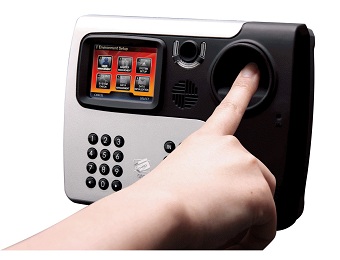The global access control market grew 6.6 percent in 2015 and is expected to grow 7.2 percent in 2016. Global gross domestic product (GDP) is forecast to grow 2.6 percent, and total construction spending is increasing by 3.3 percent, which will have a positive impact on the access control market.
Principal analyst at IHS, Blake Kozak, suggests that as physical and logical (IT) threats to corporations evolve, so must electronic access control. Additional deployments of logical and physical access control, mobile credentials, biometrics and cloud-based services are expected in 2016. Kozak believes that to ensure success – and speed growth — access control companies need to keep pace with the ever-changing market environment.
The research company found that access control suppliers that grew the fastest in 2015 did not focus on only one segment of the total available market. Instead, these companies deployed IP-based solutions with remote, web-enabled features, while others expanded on existing customer contracts by adding wireless electronic locks. These types of solutions are scalable to any organisation, no matter its size.
The industry’s strong growth is primarily due to the following factors: price, accuracy, aesthetics and reduction in physical cards. Depending on a country’s privacy laws and the level of security required, biometrics offer card-free access-control capabilities that can greatly reduce cost over time.
In addition to web-based solutions with remote management functionality and wireless electronic locks, biometrics also experienced strong growth in 2015. The global market for biometrics will grow by 9 percent in 2016 – with double-digit growth expected in 2017. Although biometrics-enabled products have been available in the market for over a decade, only recently has growth been consistent enough to meet market expectations.








